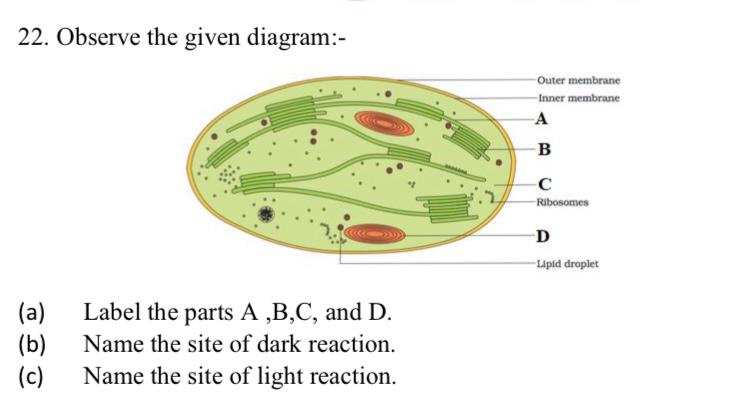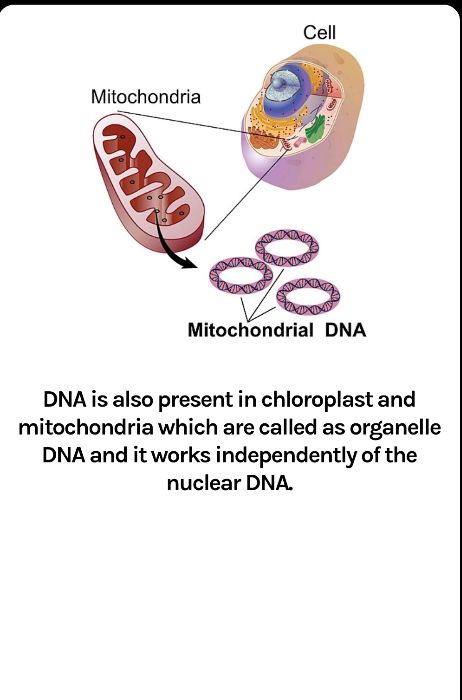CBSE Class 11-science Answered
Why do the inner membrane of mitochondria have more carrier proteins than outer membrane?
Asked by pb_ckt | 02 May, 2019, 09:51: PM
- Most of the energy derived from oxidative metabolism is produced by the process of oxidative phosphorylation which takes place in the inner mitochondrial membrane.
- The high-energy electrons from NADH and FADH2 are transferred through a series of carriers in the inner membrane to molecular oxygen.
- The energy derived from these electron transfer reactions is converted to potential energy stored in a proton gradient across the membrane, which is then used to drive ATP synthesis.
- The inner mitochondrial membrane represents the principal site of ATP generation, and this critical role is reflected in its structure.
- First, its surface area is substantially increased by its folding into cristae. In addition, the inner mitochondrial membrane contains an unusually high percentage (greater than 70%) of proteins, which are involved in oxidative phosphorylation as well as in the transport of metabolites.
- In the inner mitochondrial membrane, the protein-to-lipid ratio is 80:20, in contrast to the outer membrane, which is 50:50.
Answered by Sheetal Kolte | 03 May, 2019, 02:17: PM
Concept Videos
CBSE 11-science - Biology
Asked by veenasangeeth2020 | 28 Jan, 2024, 01:43: PM
CBSE 11-science - Biology
Asked by surbhison05 | 14 Jul, 2022, 07:43: PM
CBSE 11-science - Biology
Asked by saradamahapatra9999 | 18 Jun, 2022, 11:46: AM
CBSE 11-science - Biology
Asked by Bhathika1434 | 07 Oct, 2020, 09:03: PM
CBSE 11-science - Biology
Asked by Bhathika1434 | 06 Oct, 2020, 10:39: PM
CBSE 11-science - Biology
Asked by dusmantasahubgr | 18 Apr, 2020, 08:08: AM
CBSE 11-science - Biology
Asked by pb_ckt | 04 May, 2019, 12:03: AM
CBSE 11-science - Biology
Asked by pb_ckt | 04 May, 2019, 12:02: AM
CBSE 11-science - Biology
Asked by pb_ckt | 02 May, 2019, 09:51: PM
CBSE 11-science - Biology
Asked by pb_ckt | 02 May, 2019, 09:47: PM








